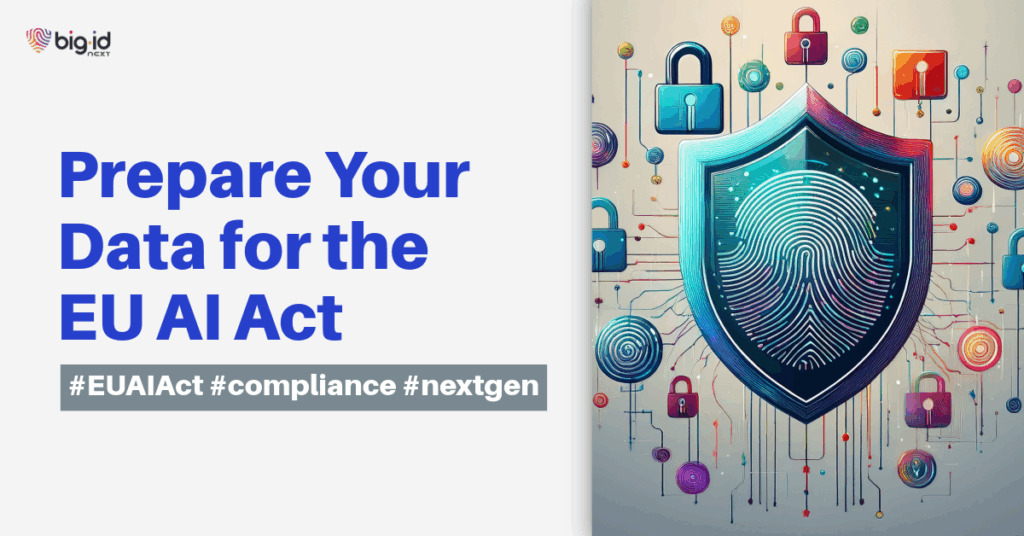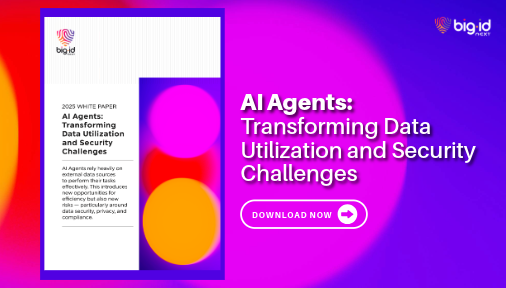The EU AI Act is no longer a distant directive—it’s officially here, and it’s already reshaping how businesses approach artificial intelligence.
As the first global regulation to directly govern AI, the EU AI Act sets a bold precedent: AI systems must not only be innovative—they must be transparent, accountable, and risk-aware. For enterprises deploying AI, this means it’s no longer enough to fine-tune your models or build ethical frameworks. You must prove that your AI is trained on lawful, explainable, and well-governed data.
And most importantly: you must be ready to demonstrate that compliance—on demand.
The Rise of “High-Risk” AI
The EU AI Act takes a risk-based approach, categorizing AI systems by their potential impact on fundamental rights, safety, and fairness.
Here’s how the tiers break down:
- Unacceptable Risk – Prohibited entirely (e.g., social scoring, real-time biometric surveillance)
- High Risk – Subject to the most extensive documentation, oversight, and governance
- Limited Risk – Must meet transparency requirements (e.g., disclosing chatbot use)
- Minimal Risk – Currently unregulated
While “unacceptable” systems grab headlines, it’s the high-risk category that quietly affects most organizations.
If your AI supports financial decisions, recruiting, insurance underwriting, fraud detection, healthcare diagnostics, education scoring, or critical infrastructure—you’re already on the hook. High-risk systems demand not just compliance—but evidence of it.
Why AI Transparency Starts With Your Data
The key to EU AI Act compliance isn’t hidden in your models—it’s buried in your data.
To meet the Act’s obligations, organizations must know exactly:
- What data is used to train, validate, and inform their AI systems
- Where that data comes from, how it flows, and who has access
- Whether it includes special category data (e.g., race, health, biometrics)
- How that data is governed, retained, and justified for use
That level of control requires more than policy. It demands data intelligence: automated discovery, classification, lineage mapping, and risk scoring across every dataset feeding your models.
If you’re relying on manual governance or siloed systems, the EU AI Act will expose those cracks—and regulators won’t wait for patchwork fixes.
How BigID Helps You Operationalize Compliance
You can’t govern AI if you can’t govern the data behind it. The EU AI Act starts with knowing your data—and BigID makes that possible.
BigID was built for moments like this—where data visibility, governance, and compliance converge.
With BigID, organizations can:
- Discover & Classify AI Training and Inference Data: Automatically identify personal, sensitive, or special category data—across structured, unstructured, and semi-structured sources—including what powers LLMs, copilots, and internal models.
- Map AI Data Lineage & Flow: Visualize how data flows into and out of AI systems to ensure transparency, explainability, and regulatory traceability.
- Detect and Remediate AI-Specific Risk: Surface privacy violations, overexposed inputs, and toxic or biased training data—and remediate issues automatically before models are deployed.
- Run AI Risk & Sensitivity Assessments: Evaluate datasets and model behaviors against privacy policies and EU requirements—scoring risk in real time.
Learn how BigID helps you prepare for the EU AI Act and beyond— book a 1:1 demo today.



